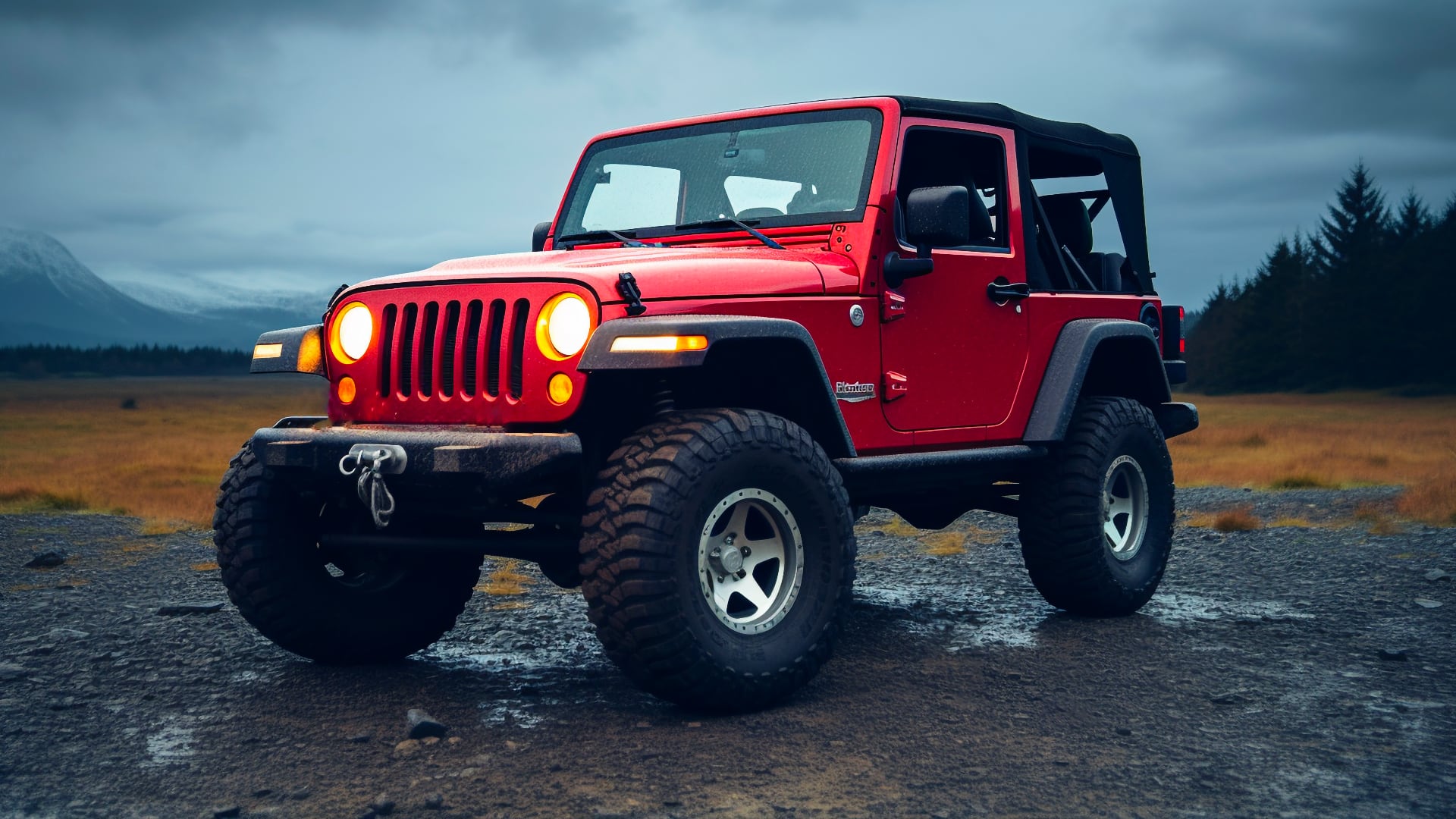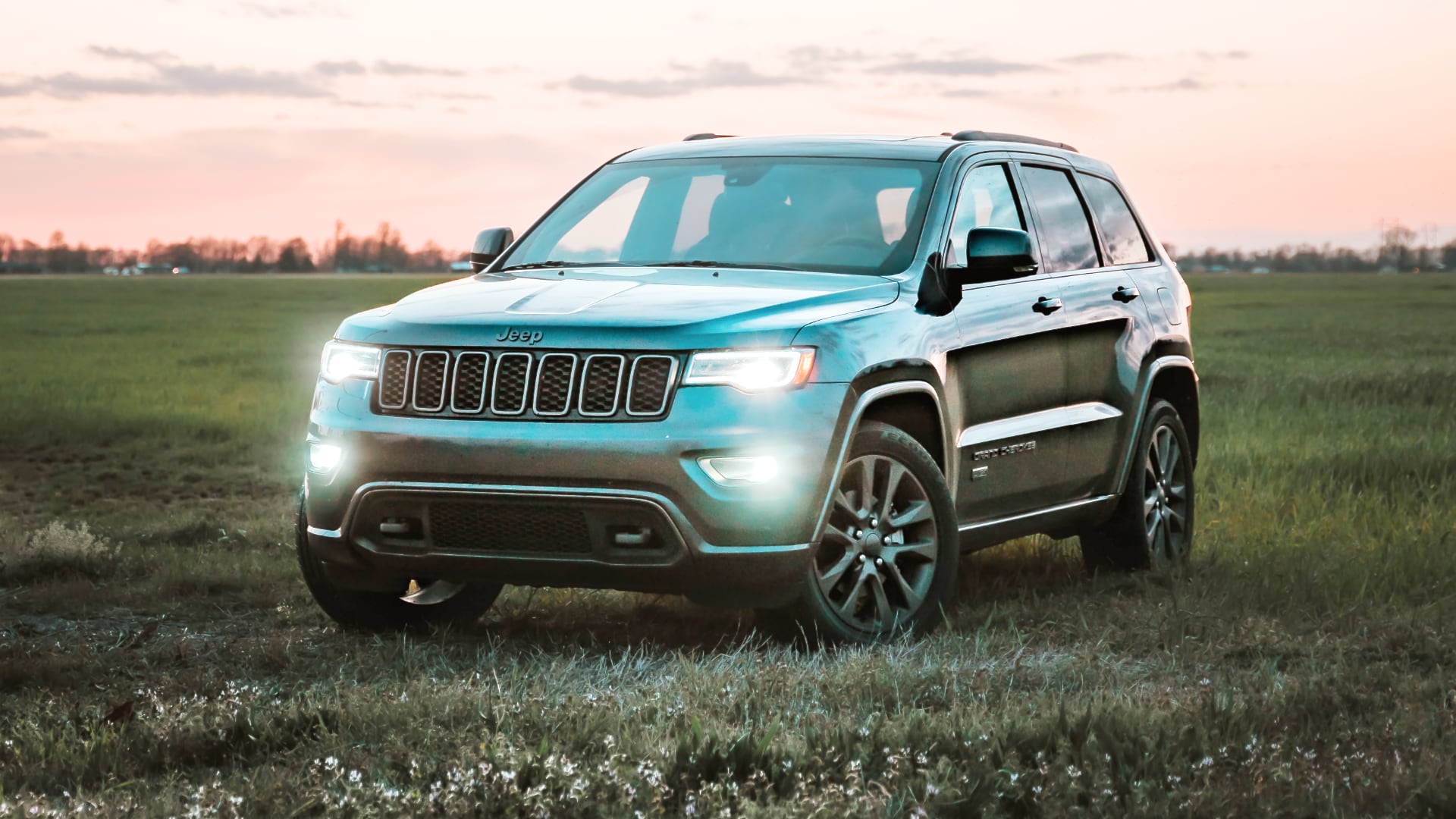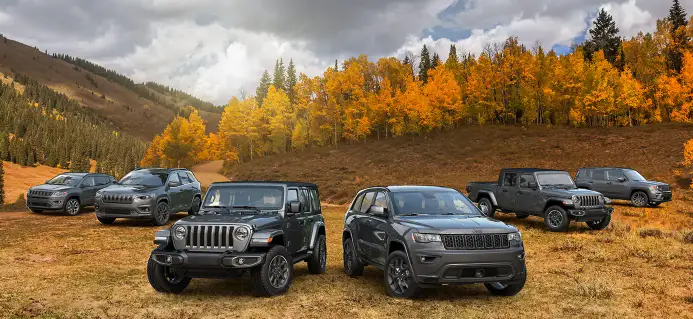Navigating The Jeep Landscape: Years To Avoid And Why
Navigating the Jeep Landscape: Years to Avoid and Why
Navigating the Jeep Landscape: Years to Avoid and Why
Introduction
With great pleasure, we will explore the intriguing topic related to Navigating the Jeep Landscape: Years to Avoid and Why. Let’s weave interesting information and offer fresh perspectives to the readers.
Table of Content
Navigating the Jeep Landscape: Years to Avoid and Why

The Jeep brand evokes a sense of rugged adventure, off-road prowess, and American heritage. However, like any vehicle, certain Jeep models from specific years have faced notable issues, making them less desirable for prospective buyers. This article aims to provide a comprehensive overview of Jeep models to avoid, highlighting the specific problems associated with each year and model.
Understanding the Importance of Research
Before diving into specific years, it’s crucial to understand why researching past model years is essential. While Jeep has consistently produced reliable vehicles, certain model years have suffered from widespread issues, ranging from engine problems to electrical faults, leading to costly repairs and decreased reliability.
Jeep Models to Avoid: A Year-by-Year Breakdown
1. Jeep Cherokee (XJ) 1984-1996:
- Notable Issues: Rust, particularly in the body and frame, is a significant concern with the XJ Cherokee. The 4.0L engine, while durable, can experience head gasket failures and oil leaks. Additionally, the automatic transmission can suffer from premature wear and tear.
2. Jeep Grand Cherokee (ZJ) 1993-1998:
- Notable Issues: The ZJ Grand Cherokee is known for its notorious 4.0L engine, prone to head gasket failures, oil leaks, and timing chain issues. Electrical problems, particularly with the wiring harness, are also common.
3. Jeep Wrangler (TJ) 1997-2006:
- Notable Issues: The TJ Wrangler is renowned for its off-road capabilities but suffers from several issues. The 4.0L engine, while durable, can develop head gasket problems and oil leaks. The Dana 30 front axle is known for being weak and prone to breaking under heavy off-road use.
4. Jeep Liberty (KK) 2002-2007:
- Notable Issues: The KK Liberty was plagued by a variety of problems, including transmission issues, engine problems, and electrical malfunctions. The 3.7L engine, while reliable in other vehicles, struggled to deliver adequate power in the Liberty and was prone to premature wear.
5. Jeep Commander (XK) 2006-2010:
- Notable Issues: The Commander, despite its imposing size, faced several reliability issues. The 3.7L engine, similar to the Liberty, was prone to premature wear and tear. The transmission was also known for its susceptibility to problems, especially when towing heavy loads.
6. Jeep Compass (MK) 2007-2010:
- Notable Issues: The first generation Compass was plagued by numerous issues, including engine problems, transmission issues, and electrical malfunctions. The 2.4L engine, while fuel-efficient, lacked power and was prone to premature wear.
7. Jeep Patriot (MK) 2007-2017:
- Notable Issues: The Patriot, similar to the Compass, suffered from engine issues, transmission problems, and electrical malfunctions. The 2.4L engine was notorious for its lack of power and its susceptibility to premature wear.
8. Jeep Grand Cherokee (WK) 2005-2010:
- Notable Issues: While the WK Grand Cherokee represents a step forward in terms of reliability, it still faced several issues. The 4.7L engine was prone to valve train problems and oil leaks. The 5.7L Hemi engine, while powerful, was known for its high fuel consumption and potential for transmission problems.
9. Jeep Wrangler (JK) 2007-2018:
- Notable Issues: The JK Wrangler, while popular, faced its share of issues. The 3.8L engine was prone to premature wear and tear, while the 3.6L Pentastar engine, despite being more powerful, was known for its susceptibility to oil leaks.
10. Jeep Grand Cherokee (WK2) 2011-2019:
- Notable Issues: While the WK2 Grand Cherokee represents a significant improvement over previous generations, it still faced some issues. The 3.6L Pentastar engine was known for its potential for oil leaks and valve train problems. The 8-speed transmission was also prone to issues, particularly with early models.
11. Jeep Wrangler (JL) 2018-Present:
- Notable Issues: The JL Wrangler, while praised for its off-road prowess, has faced some issues. The 2.0L turbocharged engine, while powerful, has been known for its potential for engine misfires and fuel pump problems.
Understanding the Impact of Specific Issues
Each of the issues mentioned above can have a significant impact on a Jeep’s reliability and overall cost of ownership. Engine problems, for example, can lead to costly repairs and potential engine replacements. Transmission issues can result in reduced performance, difficulty shifting, and even complete transmission failure. Electrical problems can cause a wide range of malfunctions, from malfunctioning lights to complete system failures.
Frequently Asked Questions (FAQs)
Q: Are all Jeeps from these years unreliable?
A: Not necessarily. While these years have been associated with specific issues, not every vehicle from these years will experience problems. However, the frequency of these issues is higher in these models, making them less desirable for potential buyers.
Q: What if I find a Jeep from one of these years at a very low price?
A: While a low price may be tempting, it’s crucial to carefully inspect the vehicle for any signs of the known issues. A thorough pre-purchase inspection by a qualified mechanic is highly recommended.
Q: Are there any ways to mitigate the risk of buying a Jeep from one of these years?
A: Yes, there are steps you can take to mitigate the risk:
- Thorough Inspection: Have a qualified mechanic inspect the vehicle before purchase.
- Research: Research the specific year and model to understand the common issues.
- Extended Warranty: Consider purchasing an extended warranty to protect yourself from unexpected repairs.
Tips for Choosing a Reliable Jeep:
- Focus on Newer Models: Newer models generally have fewer issues, especially those released after 2010.
- Research Specific Models: Research the specific model year and trim level to understand its potential issues.
- Prioritize Maintenance: Regular maintenance can help prevent many common problems.
- Read Owner Reviews: Online forums and reviews can provide valuable insights into the reliability of specific models.
Conclusion
Choosing the right Jeep involves careful research and consideration. While certain years have been plagued by issues, others have proven to be reliable. By understanding the common problems associated with specific years and models, prospective buyers can make informed decisions and avoid potential headaches down the road. Remember, thorough research, careful inspection, and a focus on newer models can increase the chances of finding a reliable and enjoyable Jeep.








Closure
Thus, we hope this article has provided valuable insights into Navigating the Jeep Landscape: Years to Avoid and Why. We hope you find this article informative and beneficial. See you in our next article!